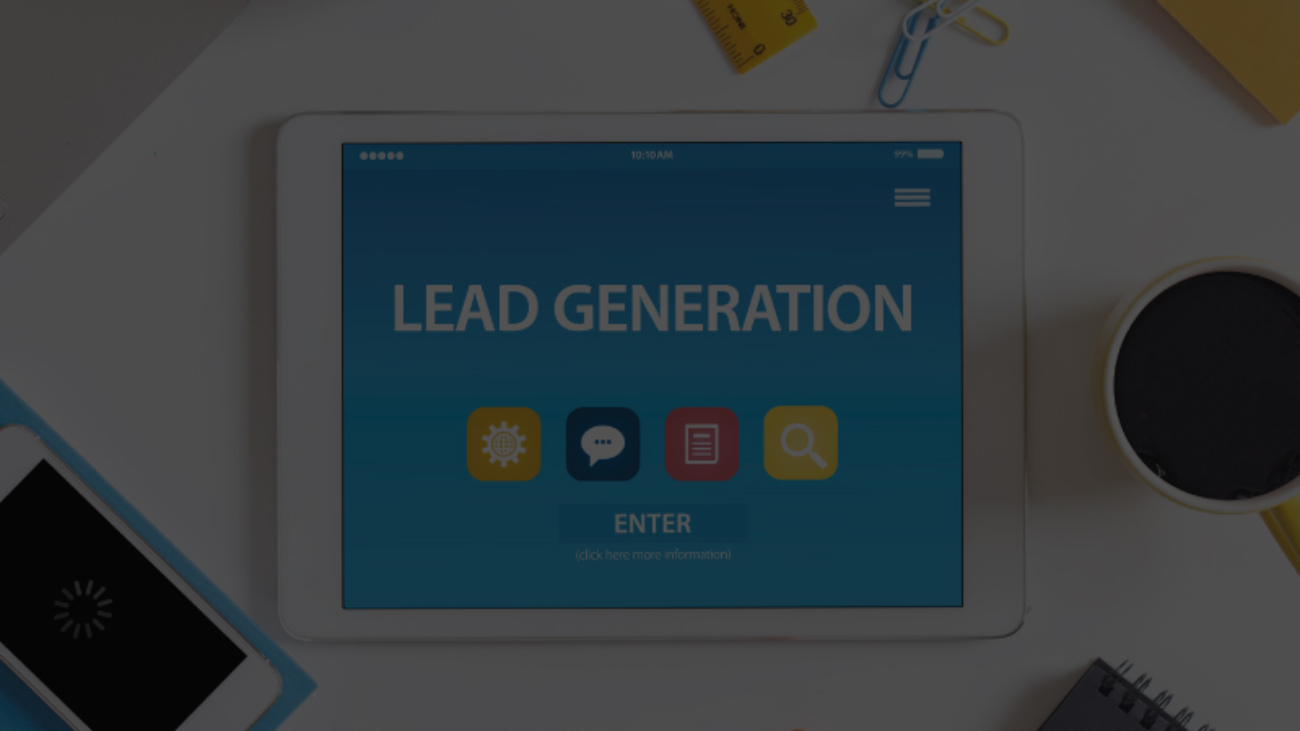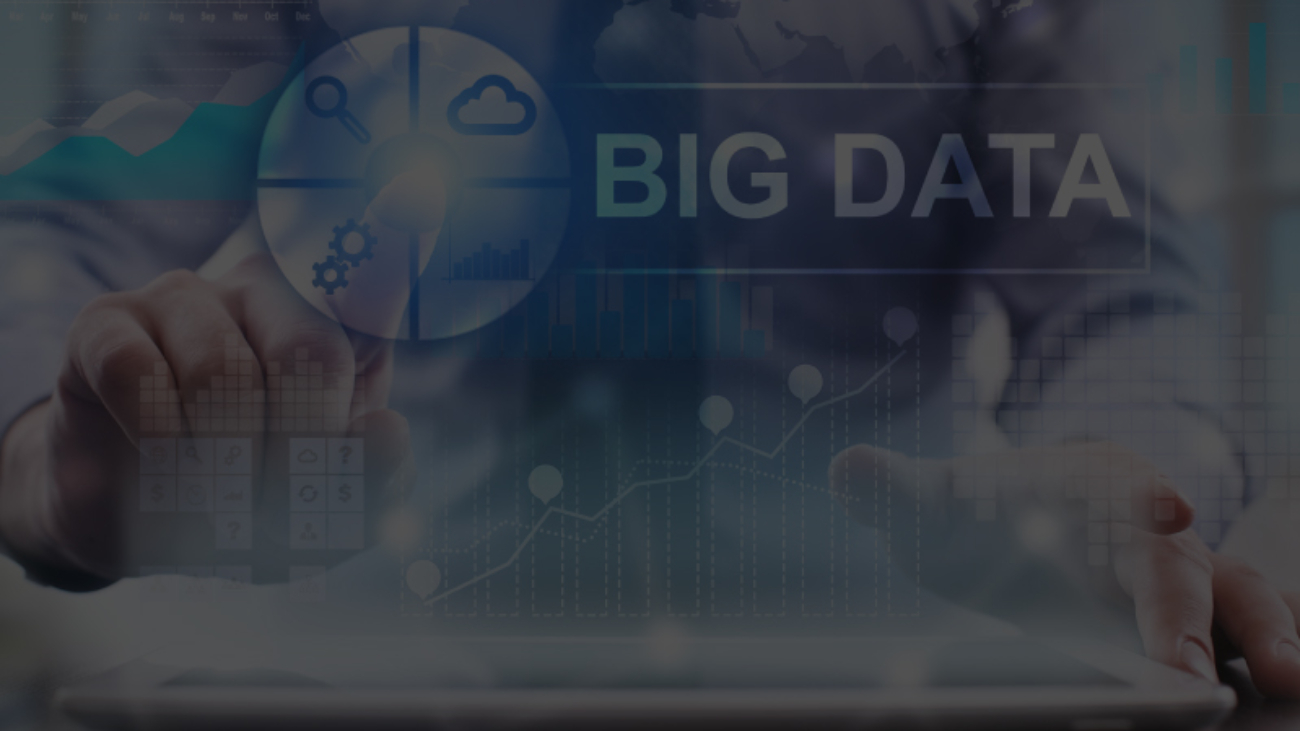B2B enterprises heavily rely on lead generation; because it is one of the initial stages of their revenue operations (RevOps) processes.
In today’s competitive market landscape, it has become a challenging task for businesses to get a competitive edge in the industry by breaking through all the other marketing clutter. Even if there are various tools, services, and trends available in the market, generating high-quality leads has become challenging for various companies. RevOps teams need to be aware of the latest lead generation trends and embrace them in their presales operations to penetrate through the right total addressable market and identify the right prospect for their business.
Following are a few lead generation trends for 2023 that revenue operations teams should look for:
Hyper-personalized lead generation campaigns
B2B marketers are exploring opportunities to design and implement hyper-personalized marketing campaigns to improve their customer experience. Many consumer-focused brands are making the most out of adopting this trend. B2B businesses should also emphasize developing hyper-personalized lead generation strategies to deliver a top-notch experience. Personalizing account-based marketing strategies will help businesses to improve their conversion rate. One of the B2B lead generation trends for 2023 that RevOps teams should consider is prioritizing hyper-personalization strategies and aligning them with account-based marketing, customer experience, and efficient lead nurturing. An effective way for businesses to gather more personalized information about their client is by providing them with better offers in exchange for their personal data. As the B2B marketing landscape has become very competitive and complicated executing hyper-personalized lead generation campaigns will help to identify the exact pain points of the customer and increase the conversion rate. Embracing this B2B lead generation trend in 2023 will help businesses to gather more personalized information without compromising on data privacy issues.
Video content marketing
There is a surge in the adoption of Video content marketing, and this trend is growing across the B2B landscape as well. B2B marketers are leveraging strategies like webinars, webcasts, demos, and short informational videos on websites to engage users and gather more leads. Designing and implementing an effective video content marketing strategy should be one of the B2B lead generation trends that businesses should consider as one of their priorities.
Influencer marketing
Influencer marketing has expanded beyond B2C, and even B2B marketers should consider embracing this in their operations. The B2B influencer marketing landscape is growing, and businesses are embracing community-based marketing approaches to create awareness in the marketplace. Revenue operations teams should explore the entire influencer communities and partner with the right influencers that have great reach in the total addressable markets. Enterprises need to embrace influencer marketing as a part of their lead generation strategy in 2023.
Integrate automation
Embracing automation in generating B2B leads has been one of the biggest trends in the lead generation sector, and it is growing at an exponential rate. Businesses, while gathering leads, need to integrate the right automation tools to streamline operations and improve efficiency. Organizations that embrace this lead generation trend in 2023 will help them to minimize the time spent on executing mundane tasks and focus on engaging with clients. There is a surge in the adoption of this trend because businesses are not only able to gather high-quality leads but are also able to nurture them effectively.
Conclusion:
B2B enterprises that need to have a competitive edge in the industry should have effective presales operations and strategies embraced to increase the business ROI. Revenue operations leaders should evaluate the entire marketing landscape and embrace the best B2B lead generation trends in 2023. RevOps decision makers that consider the above-mentioned lead generation trends will be able to gather high-quality leads and deliver a top-notch customer experience. OnDot Media is one of the leading firms that embrace all the top lead generation trends to gather high-quality leads for their clients.









